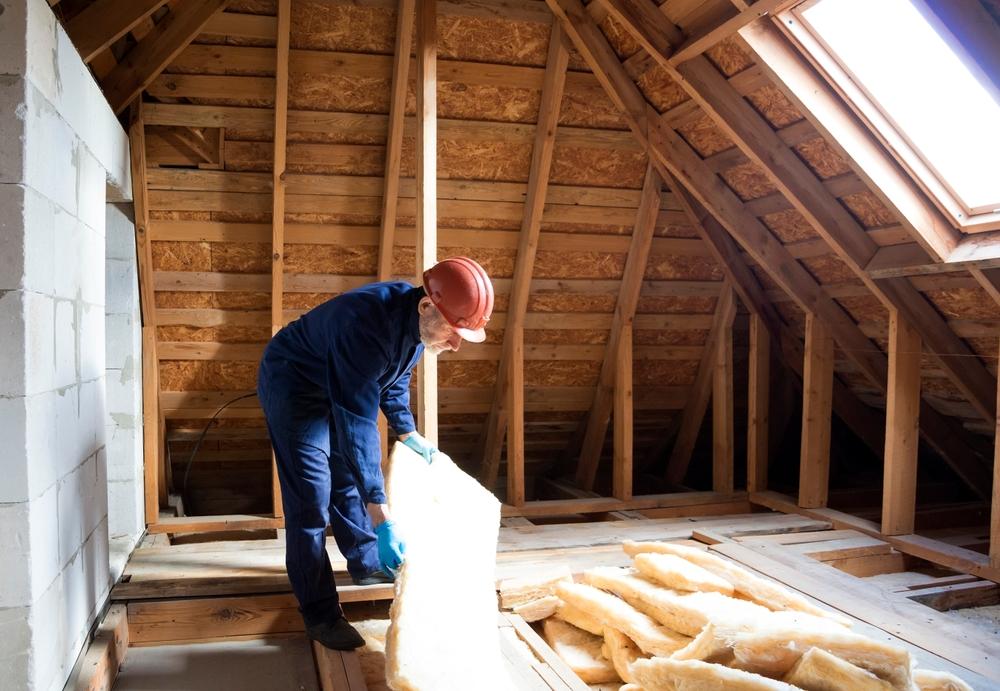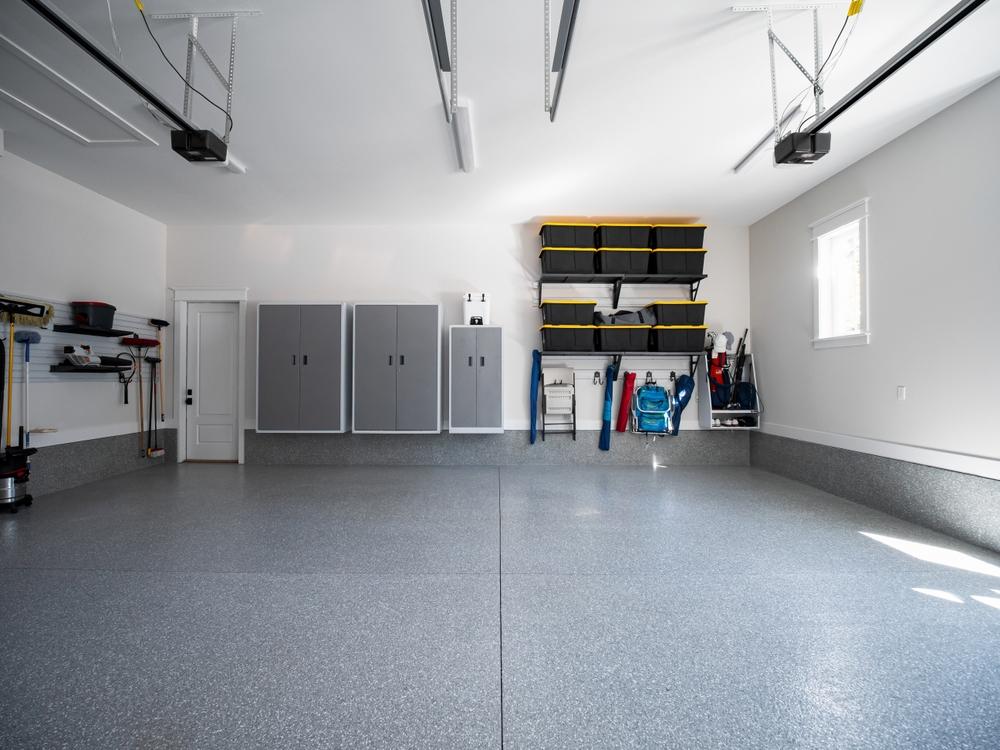A Comprehensive Guide to Wall Cladding Panels
Discover the types and benefits of wall cladding panels.
Wall cladding panels are an essential element in modern architecture, offering both aesthetic appeal and functional benefits. These panels are used to cover the exterior or interior walls of buildings, providing a protective layer and enhancing the overall appearance of the structure. Available in a variety of materials, colors, and finishes, wall cladding panels are versatile and can be tailored to suit different design preferences and building requirements. This article explores the types of wall cladding panels, their benefits, applications, and considerations when selecting the right panels for your project.

Types of Wall Cladding Panels
Wall cladding panels come in a wide range of materials, each offering unique characteristics and advantages. Some of the most common types include:
- Metal Cladding Panels: Often made from aluminum or steel, metal panels are known for their durability and modern appearance. They are resistant to weather conditions and provide excellent protection against external elements.
- Stone Cladding Panels: Natural stone panels, such as granite, marble, or slate, offer a timeless and luxurious look. They are highly durable and add a sense of elegance to any building.
- Wood Cladding Panels: Wooden panels provide a warm and natural aesthetic, making them a popular choice for both traditional and contemporary designs. However, they require regular maintenance to prevent weathering.
- Vinyl Cladding Panels: Vinyl panels are cost-effective and easy to maintain, making them a practical choice for residential and commercial buildings. They come in a variety of colors and textures, mimicking the appearance of wood or stone.
- Composite Cladding Panels: Made from a combination of materials such as wood fibers, plastics, and resins, composite panels offer the benefits of multiple materials, including durability, low maintenance, and a wide range of design options.
Benefits of Wall Cladding Panels
Wall cladding panels offer numerous benefits that make them an essential component of modern construction:
- Enhanced Protection: Cladding panels protect the underlying structure from environmental factors such as rain, wind, and UV radiation. This protection extends the lifespan of the building and reduces the need for frequent maintenance.
- Aesthetic Appeal: With a wide variety of materials, colors, and textures available, wall cladding panels allow for creative expression in building design. They can transform the look of a building, making it more visually appealing and aligned with the desired architectural style.
- Thermal Insulation: Many wall cladding panels are designed to provide additional insulation, helping to regulate the building's temperature. This can lead to energy savings by reducing the need for heating and cooling.
- Noise Reduction: Some cladding panels offer soundproofing properties, making them ideal for buildings located in noisy environments. This benefit is particularly valuable for residential and commercial spaces that require a quieter atmosphere.
- Low Maintenance: Depending on the material, wall cladding panels are generally low maintenance, requiring only occasional cleaning to maintain their appearance. This makes them a cost-effective choice in the long run.
Applications of Wall Cladding Panels
Wall cladding panels are used in a wide range of applications across different sectors:
- Residential Buildings: Cladding panels are commonly used in homes to enhance curb appeal and protect the structure from weathering. They are particularly popular in new builds and renovations.
- Commercial Buildings: In commercial spaces, cladding panels are used to create a professional and modern appearance. They are often seen in office buildings, shopping centers, and hotels.
- Industrial Buildings: Industrial facilities benefit from the durability and protective qualities of cladding panels, which can withstand harsh environmental conditions and heavy use.
- Public Buildings: Cladding panels are also used in public buildings such as schools, hospitals, and government facilities to create an inviting and functional environment.
- High-Rise Buildings: For high-rise constructions, cladding panels offer a lightweight solution that can be easily installed while providing the necessary protection and aesthetic appeal.
Choosing the Right Wall Cladding Panels
When selecting wall cladding panels for your project, several factors should be considered to ensure the best outcome:
- Material Suitability: Choose a material that suits the specific environmental conditions of your location. For example, metal panels are ideal for areas with extreme weather, while wood panels may be better suited for temperate climates.
- Design Compatibility: Ensure that the cladding panels align with the overall design of the building. Consider the color, texture, and finish to create a cohesive look.
- Budget Considerations: Different materials come with varying costs, so it’s important to balance your budget with the desired quality and appearance. Composite panels, for example, offer a cost-effective solution with the benefits of multiple materials.
- Installation Requirements: Some cladding materials require specialized installation techniques. It's important to work with experienced professionals who understand the specific requirements of the chosen material.
- Maintenance Needs: Consider the long-term maintenance requirements of the cladding panels. Materials like vinyl and composite are generally low maintenance, while wood may require more frequent upkeep.











